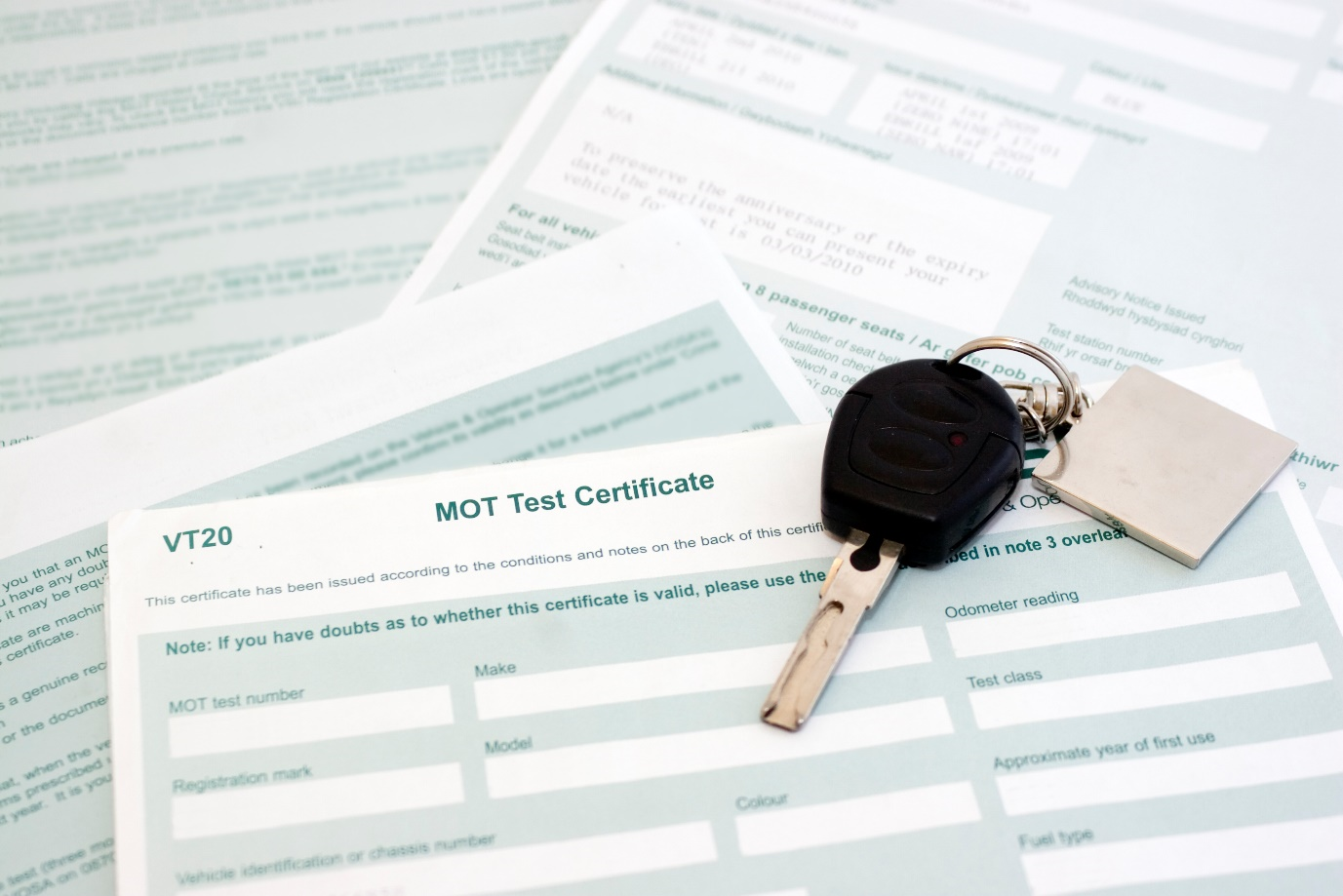Is tyre pressure checked in an MOT?
Author Name –
Jack Underwood
21 May 2019
35 people

Although tyre pressure itself isn’t checked in an MOT, legislation introduced in 2015 means that every car with a faulty or failed tyre pressure monitoring system (TPMS) will fail its MOT. Since 2012, new cars produced in Europe have been legally required to have a TPMS, so if you’ve bought a car in recent years it’s likely that the functionality of this system will affect your MOT results.
This post will explore exactly what a tyre pressure monitoring system is and how some of the most common TPMS issues can be solved before you take your car to the garage or test centre for an MOT, so you don’t fail yours.
What is a TPMS?
TPMS stands for tyre pressure monitoring system. This alert system will cause a warning light to illuminate on your car’s dashboard when the tyre pressure drops between 6 or 7 PSI. Although the light functions as an excellent warning, it should not replace a manual check of tyre pressure, as maintaining correct tyre pressure will prevent your warning light from ever coming on.
The TPMS installed in your car will last many years and is designed to last up to 100,000 miles, but the battery in the sensor will start to deplete the more miles that you travel.
A tyre pressure monitoring system is usually installed during the manufacturing of your car, but it is also possible to buy a TPMS sensor that you can use separate to your car’s control system.
Common TPMS issues
Common TPMS problems usually occur after a few years of use. Like any other area of your car, a TPMS requires regular maintenance in order to keep it in top shape. Although your sensor battery should last for five to seven years, the stems in the sensor can be corroded over time, as they are left open to the elements on the outside of the car. This means that they can incur weather damage.
Keep your sensor stems in good condition by replacing the valve cap and core components each time a tyre is changed. Rubber sensor stems are less likely to corrode than aluminium stems.
Looking after your TPMS
A TPMS is an essential safety feature in modern cars, but they should not be seen as a substitute for manual tyre safety checks. Be sure to test your tyres at least every month before long journeys, and before journeys with heavy loads. When testing your tyres, make sure that you thoroughly inspect the tread to check that the tread is not worn down – especially before driving in adverse weather conditions. These simple checks have the potential to save lives.
Servicing your TPMS at home or by a professional mechanic will ensure that you do not fail your MOT as a direct result of the tyre pressure monitoring system.

Jack Underwood
Did you enjoy this blog post?
|
35 people found this review helpful